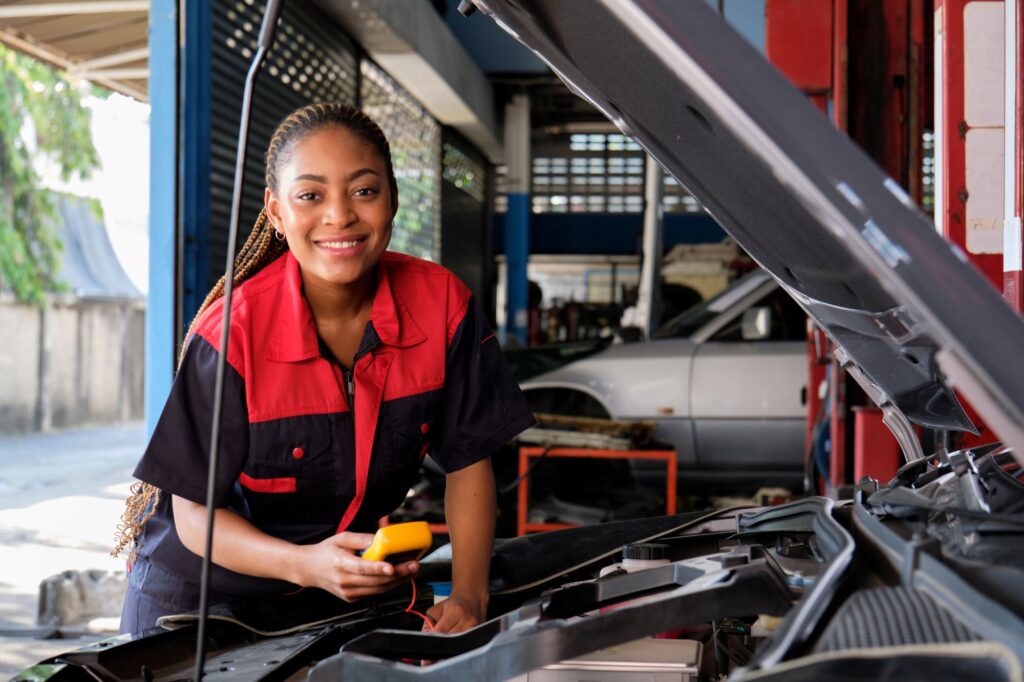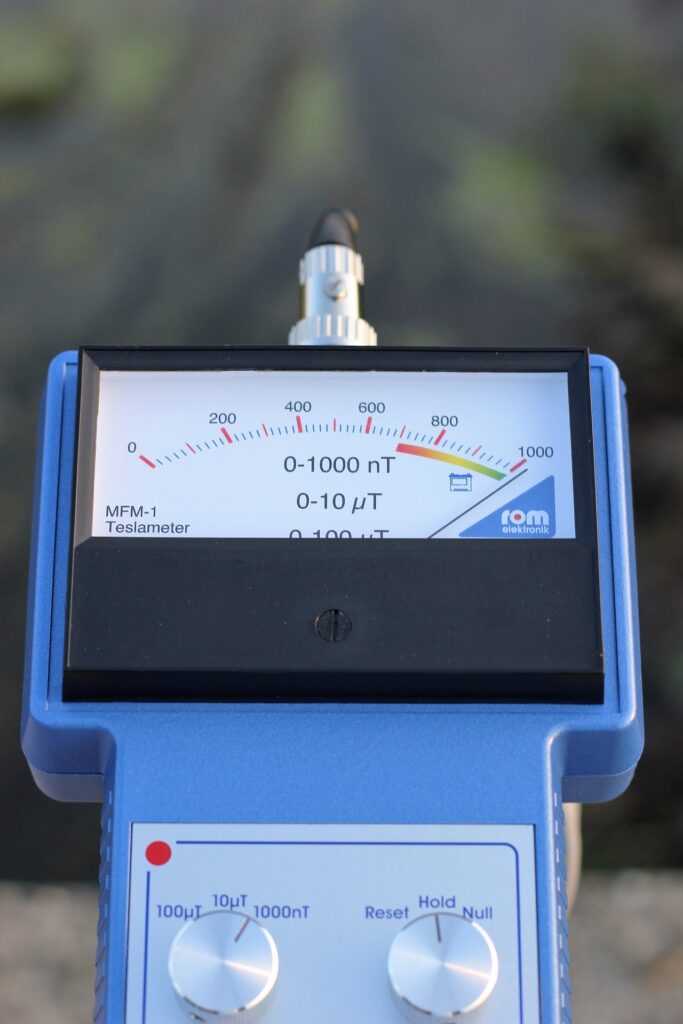The landscape of automotive mechanics has dramatically evolved in recent years. No longer confined to the wrenches and screwdrivers of old, the industry is seeing an influx of cutting-edge technology. As the world continues to push toward the digital frontier, traditional industries are quickly adapting to keep pace, and the field of automotive mechanics is no exception.
The rise of digital tools for automotive mechanics hasn’t just made the job easier but also more efficient and accurate. Digital technology is rapidly replacing manual tasks, altering the role of mechanics and transforming the industry as we know it.

Digital Diagnostic Tools
Diagnostic tools have become indispensable assets in today’s automotive workshops. They’re a mechanic’s best friend when it comes to identifying and fixing vehicle issues. The application of these tools has replaced the guesswork in the diagnosis process. Today, a mechanic can simply plug in a diagnostic tool to get a full report on the car’s health.
This eliminates the time-consuming process of manual inspection, providing quicker and more accurate results. The integration of artificial intelligence (AI) and machine learning into these tools has further enhanced their accuracy and reliability.
The Power Of Augmented Reality
Augmented reality (AR) is making the repair process smoother and more efficient. AR tools provide mechanics with visual aids and step-by-step instructions to carry out complex repairs, reducing the likelihood of errors.
Moreover, AR provides a way for mechanics to visualize complex car systems in a way they’ve never been able to before. As such, mechanics can see exactly what needs to be done and how to do it, saving time and improving accuracy.
As we continue to delve further into the digital age, the role of augmented reality in automotive mechanics is set to expand. Training programs are beginning to incorporate AR to help apprentices learn faster and more effectively, showing how this technology isn’t just changing the way we repair vehicles but also how we learn.
Also Read:
- Top 5 Best Cordless Impact Wrench For Changing Tires
- Different Types of Wrenches – That Mechanics Can Work With
- Top 5 Best Battery for Jeep Wrangler
Impact Of 3D Printing
3D printing provides an affordable and efficient solution to the problem of parts availability. Mechanics can now print specific parts on demand, eliminating the need to wait for parts to be delivered or sourced. This accelerates the repair process and ensures that cars spend less time in the shop.
Furthermore, the ability to print customized parts opens up new avenues for the industry. From creating parts that are no longer in production to designing bespoke modifications, 3D printing is offering a world of possibilities for automotive mechanics.
Digital Training And Knowledge Sharing

Digital tools aren’t just improving the hands-on aspect of automotive mechanics—they’re also transforming the way mechanics learn and share knowledge. Online platforms and databases provide a wealth of information at the click of a button.
This means mechanics can quickly access and share knowledge about specific models, troubleshooting techniques, and more. It’s a dynamic shift from traditional manual referencing, offering a more connected and informed industry.
In the past, mechanics often had to rely on their personal experience or extensive manual libraries for problem-solving. But now, digital tools make it possible to tap into a global knowledge base, increasing the overall expertise of the industry.
Role Of Mobile Apps
Even mobile apps are playing a part in the transformation of the industry. Mechanics can now access digital manuals, instructional videos, and other resources directly from their smartphones or tablets.
These mobile tools offer the convenience of on-the-go access, which can be particularly useful for mechanics who provide on-site services. Additionally, apps designed to manage workshop operations can simplify tasks like inventory management, appointments, and billing, which improve overall productivity.
Machine Learning And Predictive Maintenance
Entering the realm of predictive analytics, machine learning tools are offering mechanics the ability to forecast potential vehicle issues before they even occur. These tools analyze vast amounts of data, including driving patterns, environmental conditions, and vehicle history, to predict when certain components might fail or require maintenance.
Using these predictions, mechanics can alert vehicle owners about potential issues before they become serious, thus helping to prevent expensive repairs and ensuring longer vehicle life. This proactiveness is a massive shift from reactive approaches to vehicle maintenance and signifies how digital tools are transforming automotive mechanics’ roles into technology-driven consultants.
Conclusion
The digital tools transforming automotive mechanics are bringing about a revolution in the industry. By harnessing the power of technology, mechanics are now more equipped than ever to deliver efficient and precise services. This ensures that the future of automotive mechanics will be marked by digital innovation and enhanced skill sets, continually pushing the boundaries of what’s possible.









